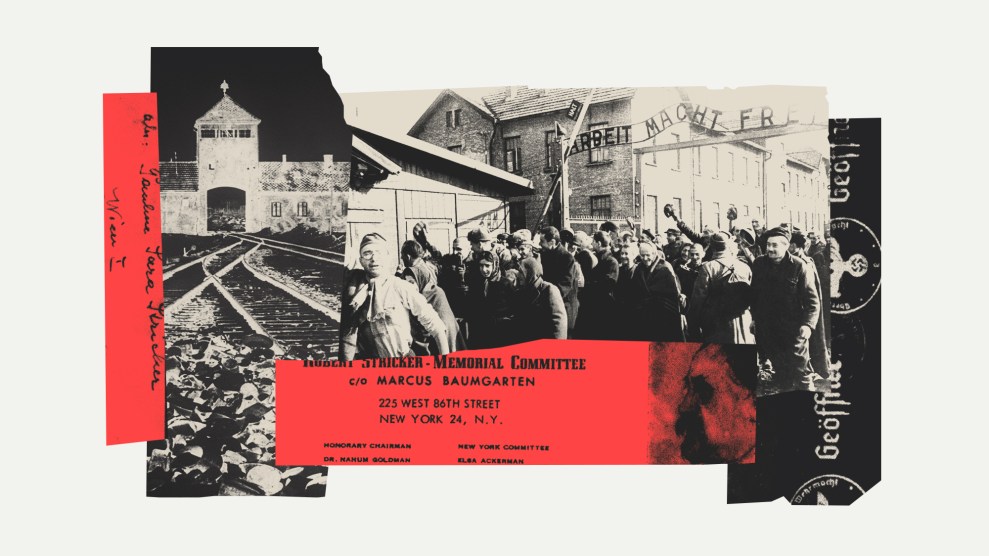Before we talk about how many people may be behind bars for crimes they did not commit, we must acknowledge that it’s nearly impossible to know—only broad estimates are possible. There are several key reasons, experts say, why a number is so hard to ascertain. Because the sprawling criminal justice system is a patchwork of federal, state, county, and municipal courts, prisons, and jails—each with its own system (or lack thereof) of record-keeping and data-reporting—we don’t even know how many people are convicted, let alone wrongfully convicted, of crimes in the United States. “We don’t even have a denominator,” says University of Virginia law professor Brandon Garrett. “But the wrongful convictions we do know about suggest that there’s a big problem.”
Extrapolating from the 281 known DNA exonerations in the US since the late 1980s, a conservative estimate is that 1 percent of the US prison population, approximately 20,000 people, are falsely convicted.
In fact, since the late 1980s there have been as many as 850 exonerations nationwide, according to University of Michigan law professor Samuel Gross, a leading researcher in the field. Many of them float under the radar, Gross says, unlike the highly publicized DNA exonerations.
The following map shows the 825 known exonerations in the United States since 1989, using data gathered by Mother Jones with assistance from the ?Center on Wrongful Convictions, The Innocence Project,? and Samuel Gross. Click on each state for further details, including whether it has a compensation law for people who are wrongfully imprisoned:

These cases are the tip of an iceberg. “One difficulty in making generalizations about false convictions is that the ones we know about, exonerations, are clearly a small and unrepresentative sample of all false convictions,” wrote Gross in his 2008 paper, “Frequency and Predictors of False Conviction.” There are several reasons why the known exoneration cases are unrepresentative:
- Because the average time from conviction to exoneration is about 13 years, only those sentenced to serious crimes with decades-long prison terms are likely to even bother undertaking the long, arduous, and resource-intensive process of clearing their names.
- The vast majority of DNA exonerations are in a tiny sliver of cases: aggravated rape and rape-murders that occurred in the 1980s. That’s because it’s almost exclusively rape cases in which there is DNA available to test—and because these types of wrongful convictions rarely occur anymore.
- Now, prosecutors typically test DNA before charging a suspect. In one study in which the FBI did DNA testing during the course of its investigations, 25 percent of suspects were ruled out by the DNA testing. Before the advent of DNA testing, some of these suspects may well have gone on to be tried, and, possibly, convicted.
Moreover, a tiny amount of total criminal cases actually go to trial. Nineteen out of twenty, or 95 percent, of convictions in the US are by plea bargain—and so we know little about them. They “generate virtually no records that can be retrieved,” writes Gross: “no trial transcripts, no appeals, frequently no court hearings of any sort, in many cases no description of the investigation at all beyond a single police report, which (if it could be found) might include little factual information of any value.”
The only cases for which we know the denominator, and for which we almost always have trial transcripts, are death penalty cases. However, the wrongful conviction rate in death penalty cases is probably higher than that of other cases, Gross says, for two reasons: First, capital cases are high-profile, emotional cases in which prosecutors face a lot of pressure to secure a conviction. On the other hand, because of the seriousness of the crime, capital defendants are afforded many more legal protections than those facing lesser penalties—unlike other defendants, they are provided lawyers for every step of the appeals process, and their cases receive major scrutiny from innocence projects and other advocates.
Gross’ 2008 analysis found that the rate of exoneration for all capital defendants in the recent era is 2.3 percent. If the rate of exoneration for all non-death-row crimes (which is unknown) were the same, then there could have been as many as 87,000 exonerations of that kind from 1989-2003.
In 2010, Rick Perry became the first Texas governor in history to pardon a dead man. Watch the footage below, and read our full investigation of the life and death of Timothy Cole, who was falsely convicted and died behind bars.
Editing and multimedia production by Mark Follman and Tasneem Raja. Front page image: Dan Bannister/Shutterstock
















